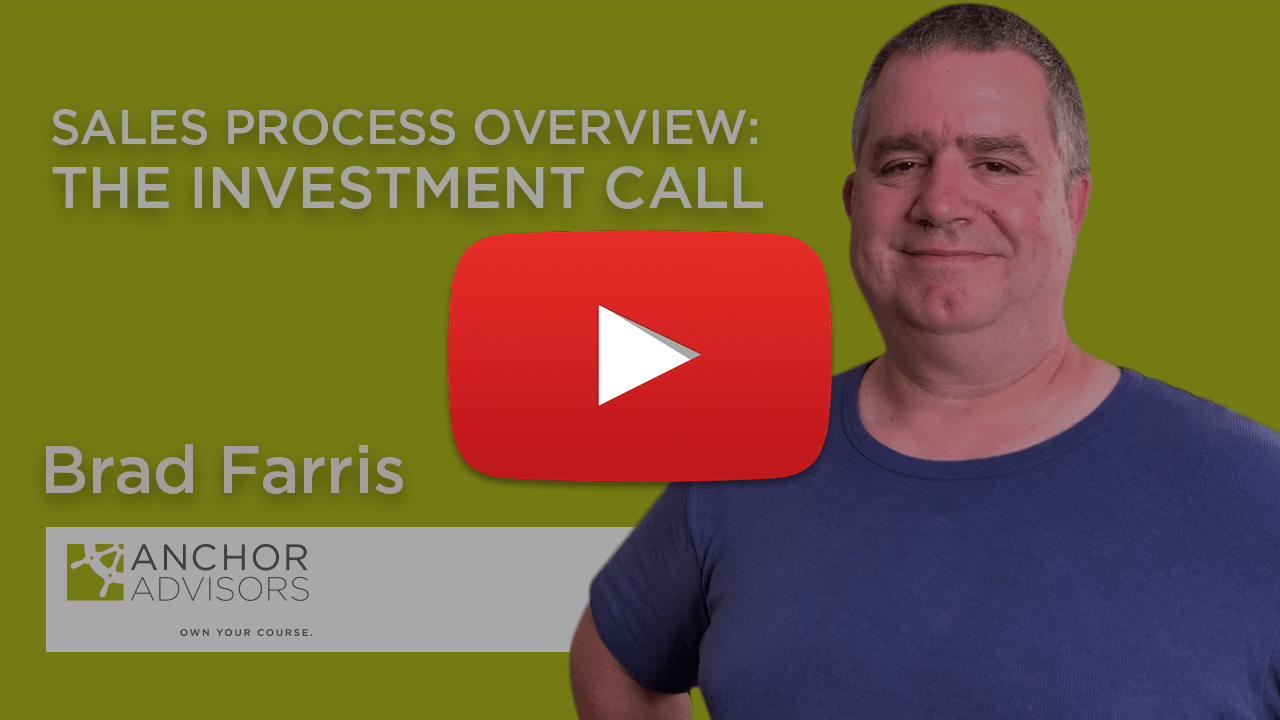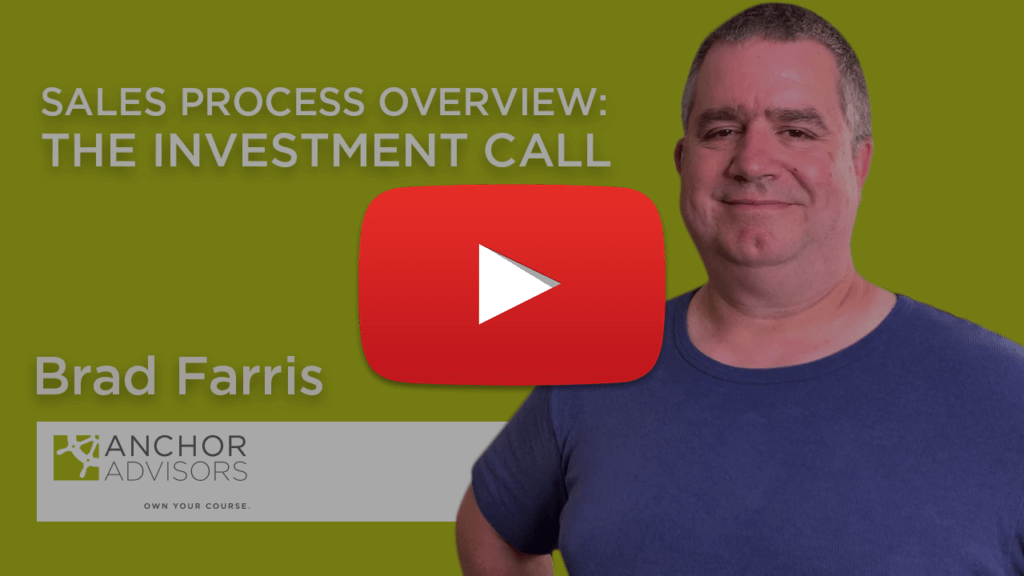Turning interested leads into eager buyers
I was helping my friend move into their new house.
Like many houses in Chicago, the wiring in this house was antique. The inspector had told him to call an electrician before he moved in, but he wasn’t sure it was needed. The plugs all worked, the lights came on, that’s enough, right?
While we were moving boxes, the electrician wandered down into the basement. He was down there a loooong time. Now and then we’d hear a distant, “What the…how did they do THAT!?!?” Followed by a deep sigh.
With every exclamation I could see my friends face sagging. What he initially thought wasn’t going to be a big deal, had just turned into an expensive problem.
When the electrician finally came upstairs, he was carrying a handful of extension cords and his face was glistening with sweat. He took the homeowner on a tour of frayed insulation, places where they used extension cords instead of conduit, an overloaded fuse box, and underpowered service coming from the pole. He explained how these problems weren’t just inconveniences; they were potential fire hazards that were a danger to his whole family.
This electrician was the greatest salesperson I had ever seen.
He took what the buyer thought was a minor issue, and by thoroughly investigating and educating the buyer, converted it into a significant sale.
To do that, he did nothing unethical or “salesy,” in fact, you could argue that leaving that house without signing a contract would have been immoral and dangerous.
That’s what the discovery process should be like for your prospects. To learn more, check out the video below:
What’s your discovery process like? How do you educate your customers so that they experience your expertise and understand the benefits of working with you?

